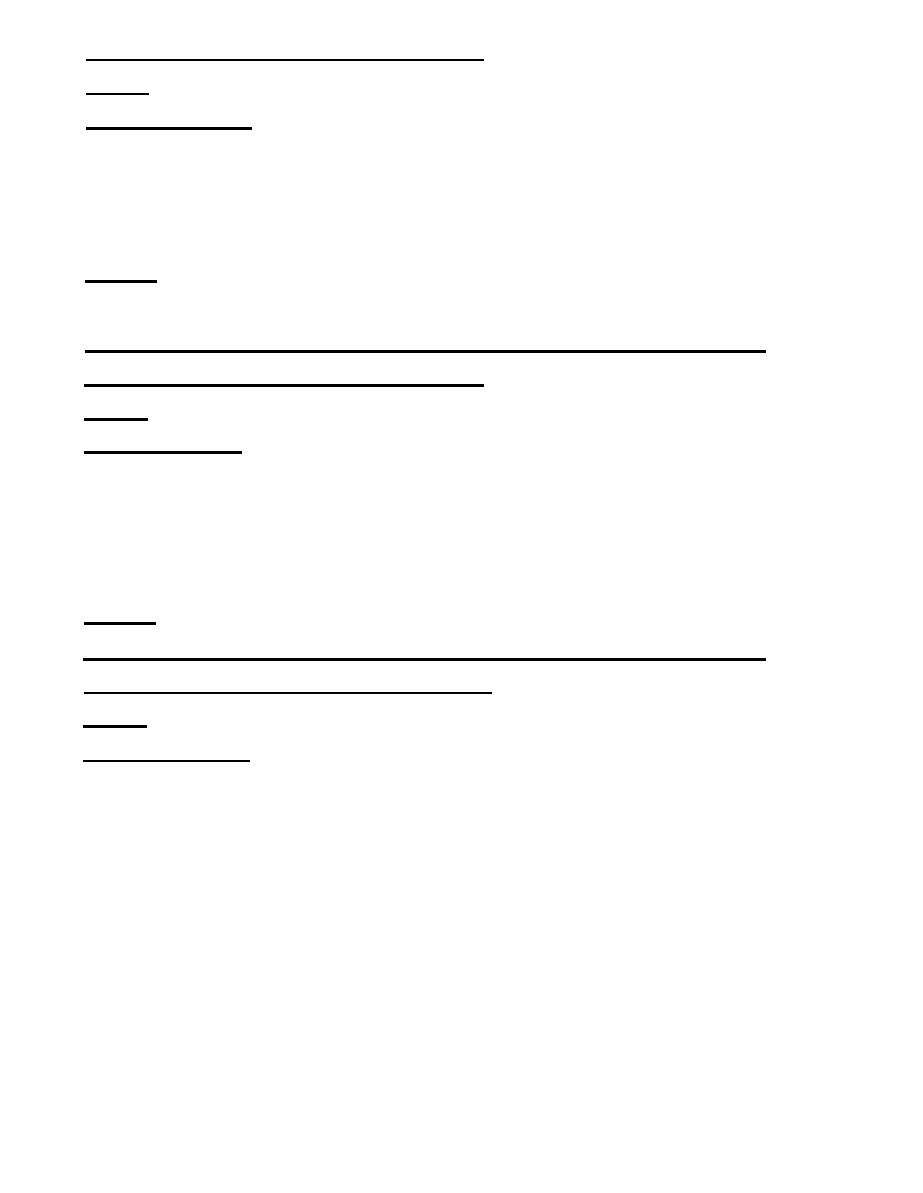

Custom Search
|
|

|
||
 CASE A8 - Roofing and Waterproofing, C. B. Key
Problem: Retarders for roofing.
Collection of Facts: Vapor drive is always from hot to cold. A vapor retarder
should not be used in a roof assembly unless it is necessary. If moisture is
trapped between a vapor retarder and the roofing membrane, it could cause
blistering of the membrane, delamination of the felt plies, and premature roof
failure. If a vapor retarder is needed and not used, the vapor drive could
force moisture into the insulation reducing the "R" value of the insulation
and if organic felts are used, moisture can be wicked into the felt plies.
This could result in early roof failure.
Solution: Only use a vapor retarder when the average January temperature is
40 degrees Fahrenheit or below, and the inside relative humidity is 45% or
higher. Never use a vapor retarder in a roof assembly over a cold storage
facility.
CASE A9 - Roofing and Waterproofing, C. B. Key
Problem:
Lack of information on roofing materials used on construction.
Collection of Facts: Roof maintenance personnel, inspectors, consultants, and
contractors performing work on roofs after original construction need to know
what types of materials the roofs are constructed of, to assure use of
compatible materials. If the wrong materials are used, it could cause damage
to the roofing. The contract specifications require that the Contractor
provide an information card near the roof access describing the types of
materials used in the roof construction. However, this is not being enforced,
e.g., roofing inspections at TRIDENT Base, Kings Bay revealed that not one
building inspected had the required information posted.
Solution: Enforce the requirements of the contract. Make this a standard
item on the ROICC punch list.
CASE A10 - Roofing and Waterproofing, C. B. Key
Problem:
Interior roof drain problems.
Collection of Facts: Leaks through the ceiling that are often thought to be
roof leaks are frequently caused by leaks from roof drain piping above the
ceiling. In cold climates, interior roof drain piping systems provide thermal
bridging in the building envelop which allows warm humid air to condensate on
the cold surface of the drain pipe system, causing moisture problems within
the building. The effects of this phenomena are often confused with that of a
roof leak. An attempt to rout-out roof drain piping above the ceiling may
cause additional leaks due to vibration as these pipes are supported by pipe
hangers. Occasionally ceilings, walls and floor slabs have to be removed to
provide accessibility to the roof drain piping system to make repairs.
Interior roof drain piping systems are more expensive to install and maintain
than perimeter roof drain systems.
119
|
 |
|
 |
||